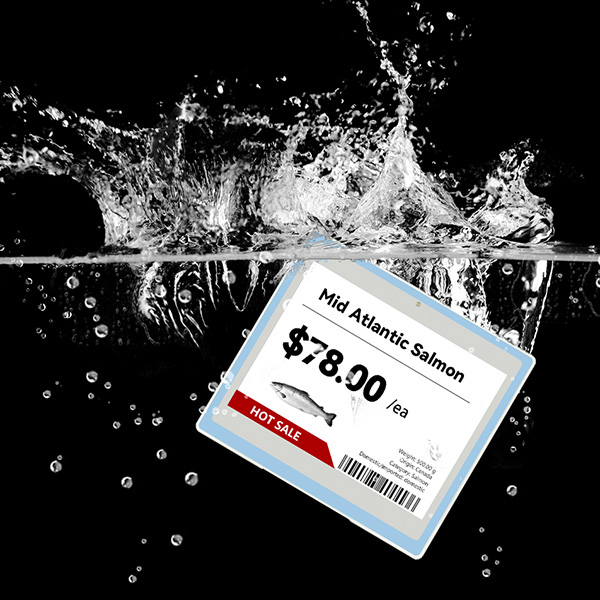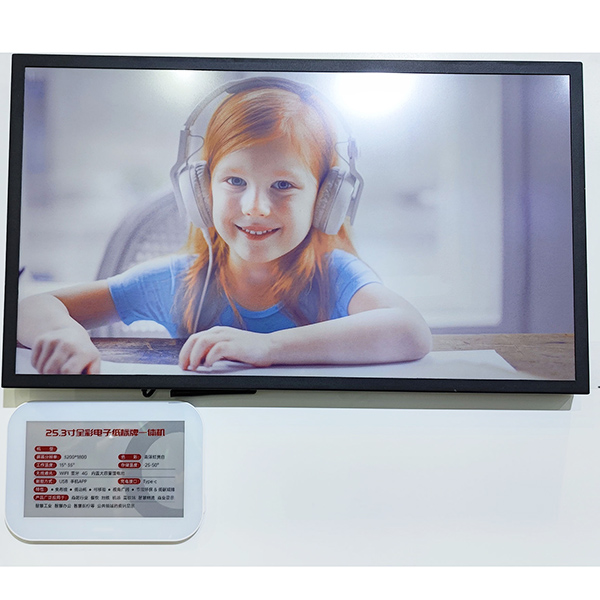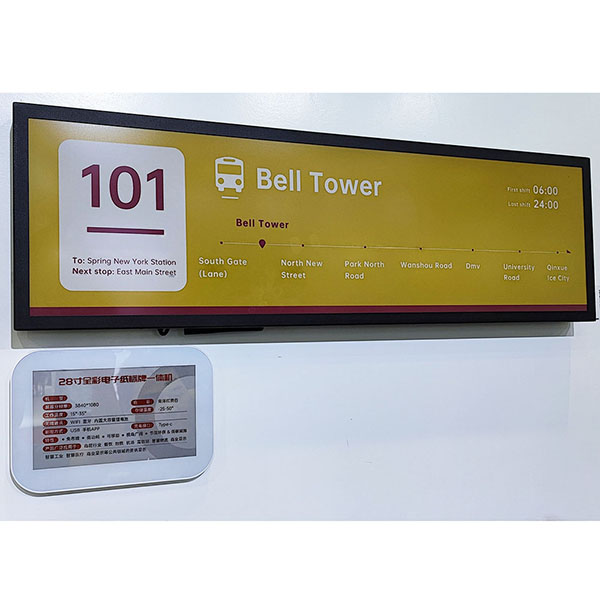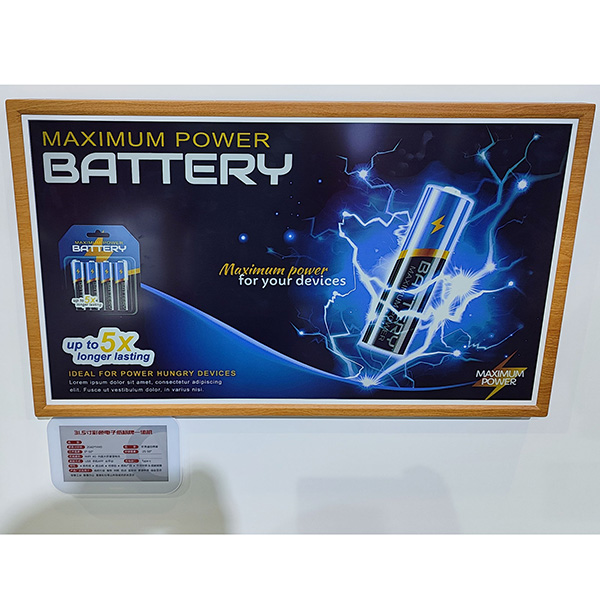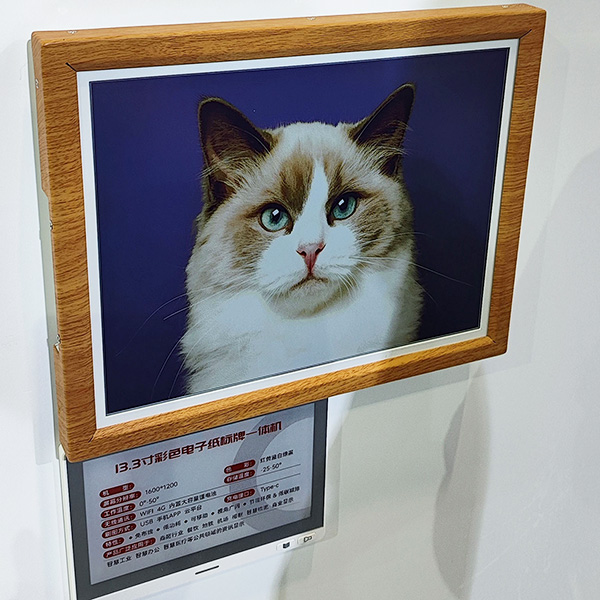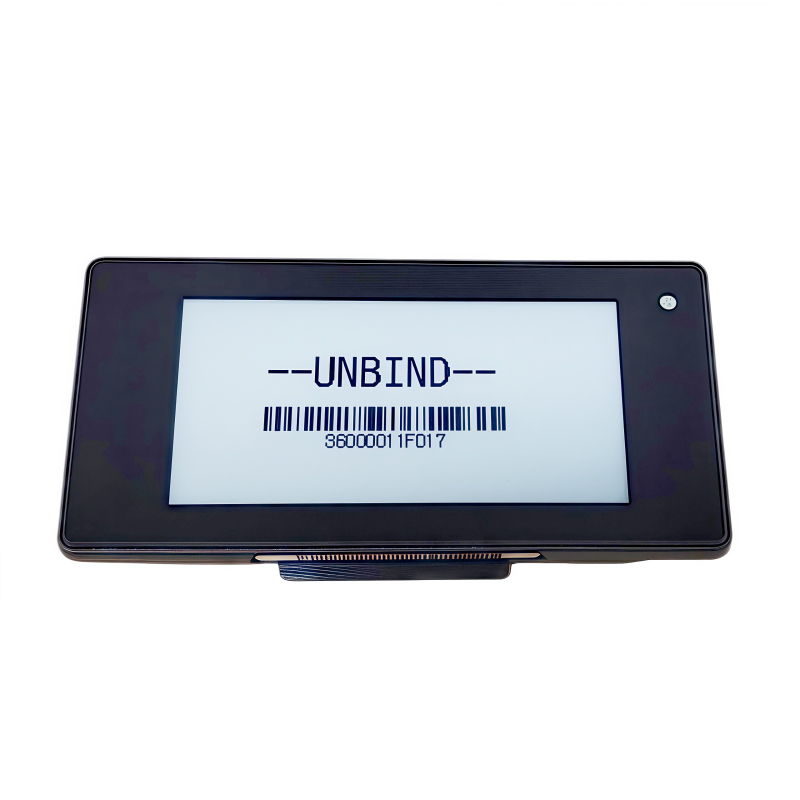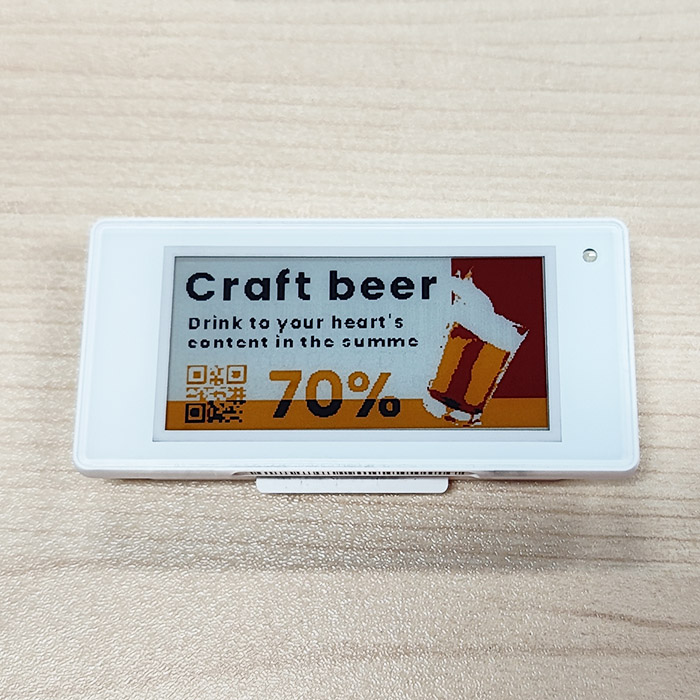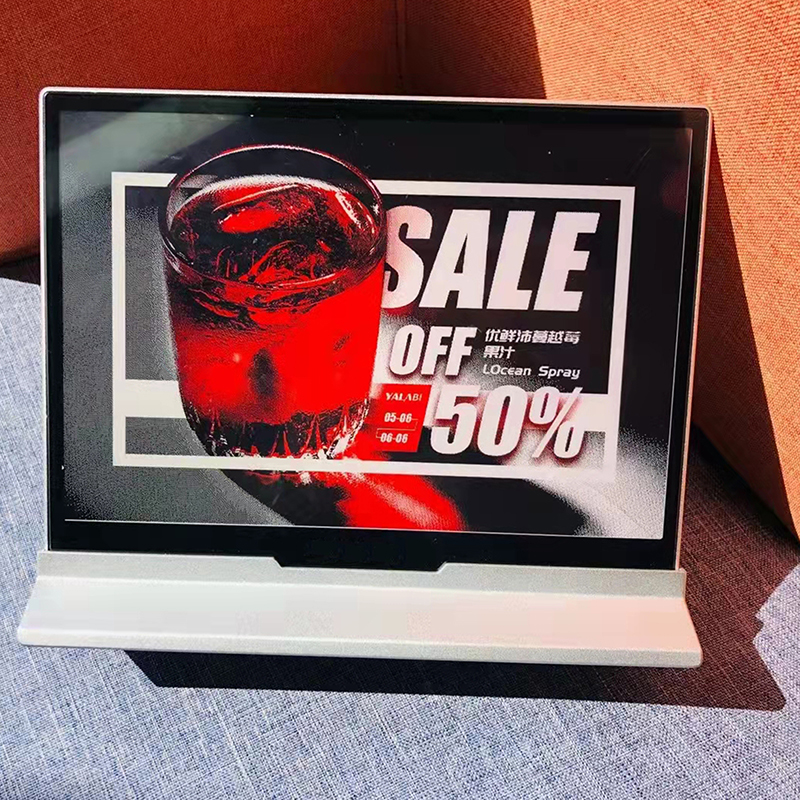How to Choose the Right Supplier for Your ESL System as a Software Integrator
The electronic shelf label (ESL) system has emerged as a transformative technology for modern retail environments. As a software integrator and sales partner in this space, selecting the right ESL supplier is critical to ensuring successful deployments and long-term client satisfaction. This decision hinges on several factors, including the underlying communication protocols, system scalability, and vendor reliability. In this article, we’ll analyze the communication technologies used by major players such as SES-imagotag, Hanshow Technology, Pricer, and SoluM to guide you in choosing the best supplier for your business.
Understanding Communication Protocols in ESL Systems
Communication protocols are the backbone of ESL systems, enabling real-time updates and seamless integration with retail management platforms. Each of the leading vendors employs distinct technologies tailored to different retail scenarios:
| Company | Communication Protocols | Disadvantages | Best Use Cases | Key Considerations for Integrators |
|---|---|---|---|---|
| SES-imagotag | Wi-Fi + Bluetooth Low Energy (BLE) | Higher energy consumption for Wi-Fi; requires strong network infrastructure | Large enterprises, multi-location deployments, real-time updates | Ensure strong IT infrastructure; focus on advanced feature integration |
| Hanshow Technology | Sub-GHz (433MHz, 868MHz) + BLE | Limited bandwidth compared to Wi-Fi | Large retail spaces, warehouses, expansive floor coverage | Prioritize low-power operations and long-range connectivity |
| Pricer | Infrared (IR) | Line-of-sight required; limited scalability | Specialized retail setups, RF interference-sensitive environments | Evaluate physical layout to avoid obstructions; suitable for niche deployments |
| SoluM | BLE + Sub-GHz | May face challenges in extremely dense environments | Large-scale installations, IoT-integrated systems | Balance compatibility with IoT ecosystems and low-power modules |
Key Considerations When Selecting an ESL Supplier
1. Communication Protocol Alignment
Evaluate your target market’s needs and physical constraints. For instance, if your clients operate in warehouses or hypermarkets, prioritize suppliers like Hanshow Technology or SoluM, which offer Sub-GHz solutions. Alternatively, choose Pricer for retailers requiring interference-free ESL solutions.
2. System Scalability
Consider whether the supplier’s technology can scale with your clients’ operations. SES-imagotag’s Wi-Fi-based systems are well-suited for large enterprises with multiple locations, while Hanshow’s Sub-GHz excels in covering extensive floor areas with minimal infrastructure.
3. Integration and Compatibility
Assess the compatibility of the supplier’s ESL system with existing retail management platforms. SoluM’s BLE capabilities ensure seamless integration with IoT ecosystems, enhancing the overall user experience. This is particularly beneficial for retailers looking to implement Bluetooth ESL systems.
4. Vendor Support and Reliability
Choose suppliers with a proven track record in delivering reliable systems and comprehensive technical support. SES-imagotag and SoluM are renowned for their strong after-sales services, ensuring minimal downtime and smooth operations.
5. Total Cost of Ownership (TCO)
Factor in not just the initial costs of hardware and software but also ongoing maintenance expenses. Hanshow’s energy-efficient Sub-GHz technology and SoluM’s low-power BLE modules can significantly reduce long-term operating costs, making them attractive choices for cost-conscious retailers.
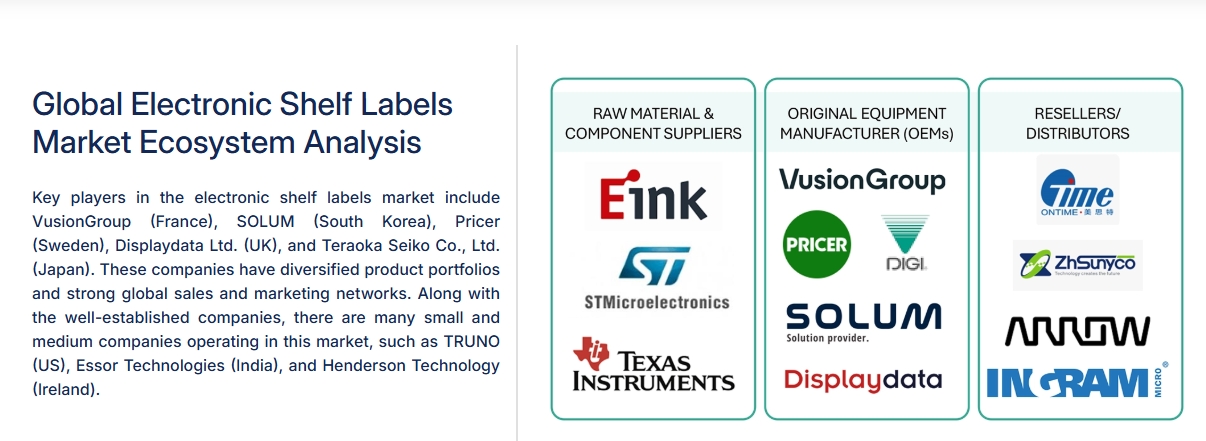
Conclusion
Choosing the right ESL supplier requires a thorough understanding of communication protocols, scalability, and integration capabilities. SES-imagotag, Hanshow Technology, Pricer, and SoluM each offer unique advantages tailored to different retail environments. As a software integrator, aligning your choice with your clients’ needs and operational goals will ensure successful implementations and sustained growth in the competitive electronic price tags market.
SES-imagotag: This company leverages a combination of Wi-Fi and Bluetooth Low Energy (BLE). Wi-Fi ensures high-speed data transfer and large-scale system deployments, while BLE supports low-power operations and device-to-device connectivity. This dual-technology approach makes SES-imagotag suitable for enterprises prioritizing real-time ESL updates and advanced features.
Hanshow Technology: Hanshow utilizes Sub-GHz communication (e.g., 433MHz and 868MHz) alongside BLE. Sub-GHz offers long-range coverage and low power consumption, making it ideal for large retail spaces and warehouses. BLE adds flexibility for mobile integrations, catering to retailers seeking robust performance in expansive environments.
Pricer: Unlike its competitors, Pricer relies on infrared (IR) communication. This protocol provides unmatched accuracy and immunity to radio frequency (RF) interference, making it a viable option for specialized retail setups. However, IR’s line-of-sight requirements and limited scalability may constrain its use in dynamic environments.
SoluM: SoluM adopts BLE and Sub-GHz, balancing long-range capabilities with high compatibility. BLE facilitates seamless interaction with smartphones and IoT devices, while Sub-GHz ensures efficient data transfer in large-scale installations.
electronic shelf label system
real-time ESL updates
interference-free ESL solutions
Bluetooth ESL systems
electronic price tags

